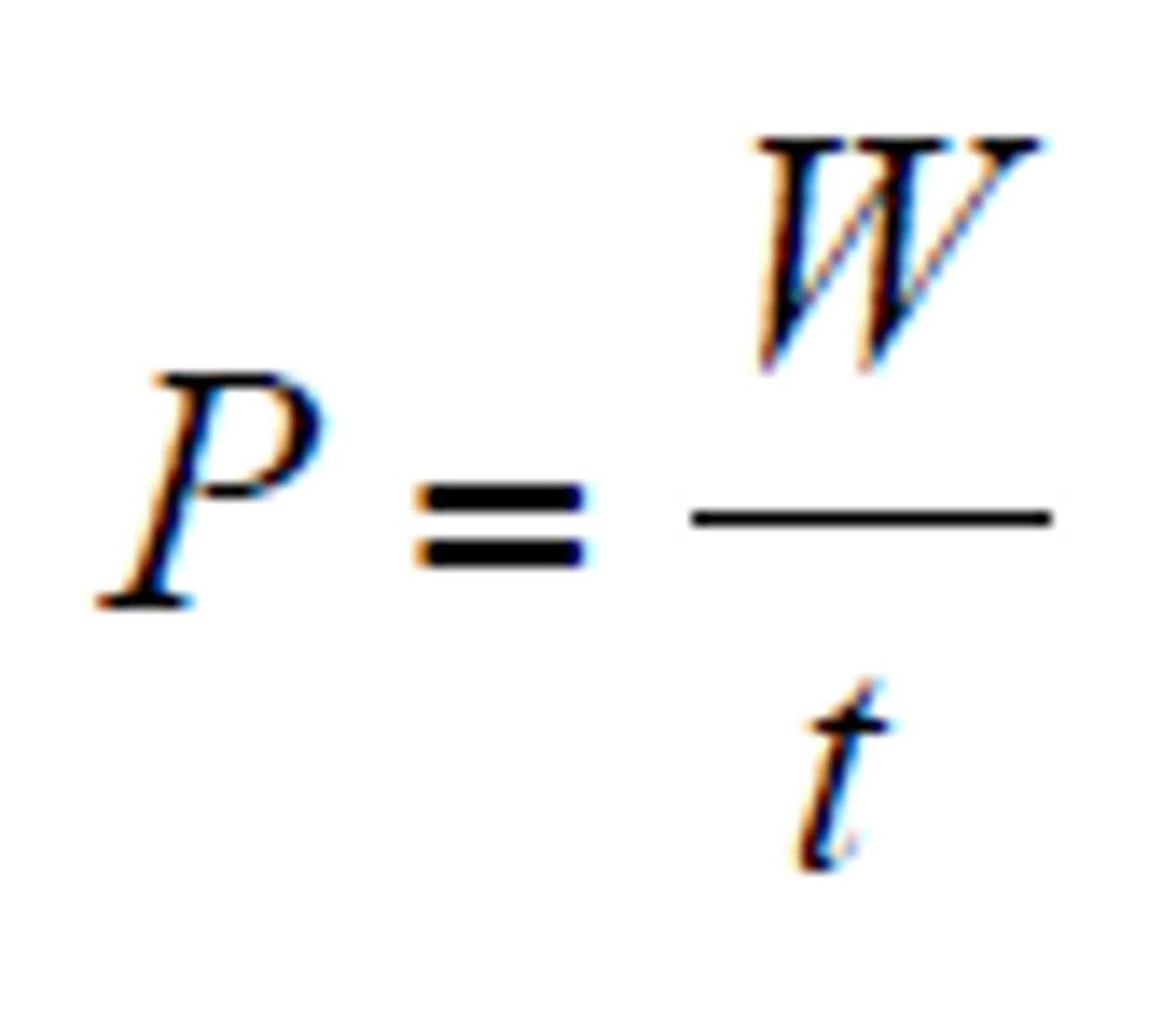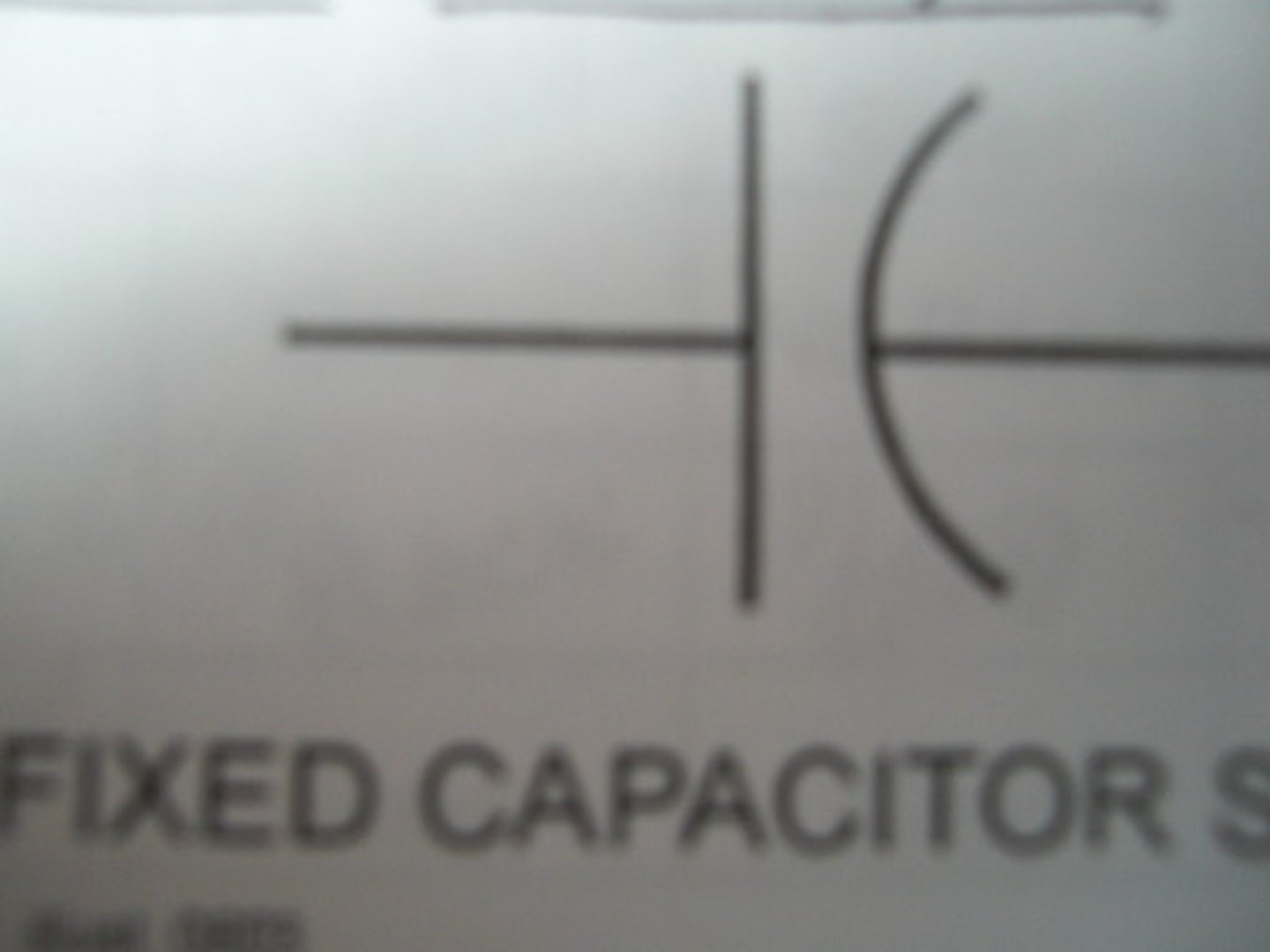Robotics and Automation Questions- Skills USA TECHNOLOGY-verF
1/35
There's no tags or description
Looks like no tags are added yet.
Name | Mastery | Learn | Test | Matching | Spaced |
|---|
No study sessions yet.
36 Terms
What is a position?
A set of coordinates that defines a robots position in a work envelope.
What are the benefits of Variable Programming?
-They are efficient.
-They help better organize and simplify programming.
-Easier to follow.
What is an encoder and what does it do?
A feedback device in the robot manipulator arm that provides current position (and orientation of the arm) data to the controller.
What is the formula for work?
Work = Force X Distance
True or False? Pressure acts evenly on all sides
True
True or False? Voltage is the same in all parts of a series circuit.
False
True or False? Voltage is the same in all parts of a parallel circuit.
True
Input or Output? Stacklight.
Output
Is Microswitch an Input or Output?
Input
What does an end effector do?
An accessory device or tool specifically designed for attachment to the robot wrist or tool mounting plate to enable the robot to perform its intended task. (SCORBOT. Gripper)
What is a robot controller and what does it do?
An information processing device whose inputs are both the desired and measured position, velocity or other pertinent variables in a process and whose outputs are drive signals to a controlling motor or actuator. (R15.02)
What does a robot manipulator do?
A machine or robotic mechanism of which usually consists of a series of segments jointed or sliding relative to one another, for the purpose of grasping and/or moving objects (pieces or tools) usually in several degrees of freedom.
What is a rectifier and what does it do?
An electrical device that converts an alternating current into a direct one by allowing a current to flow through it in one direction only.
List three sensors.
-Proximity Sensor
-Passive Infrared Sensor
-Pressure Sensor
What is the correlation between pressure and voltage?
Voltage is like pressure
How does temperature affect voltage?
Colder air is recommended for technology because it reduces the changes that a resistor will falter and that a diode will keep resistance from flowing another way.
What are the six degrees of freedom that every object has?
Translation
1.Moving forward and backward on the X-axis. (Surging)
2.Moving left and right on the Y-axis. (Swaying)
3.Moving up and down on the Z-axis. (Heaving)
Rotation
1.Tilting side to side on the X-axis. (Rolling)
2.Tilting forward and backward on the Y-axis. (Pitching)
3.Turning left and right on the Z-axis. (Yawing)
What is a Programmable Logic Controller?
A solid-state control system, which has a user programmable memory for storage of instructions to implement specific functions such as: I/O control logic, timing, counting arithmetic, and data manipulation.
How do you find voltage in across each resistor in a SERIES circuit?
V=IR ( the resistance of the resistor in Ohms multiplied by the total current measured in Amps.)
True or False? Current is constant in a series circuit.
True
True or False? The sum of all branch currents equals total current in a PARALLEL circuit.
True
How do you find current in each branch of a PARALLEL circuit?
It= I1+I2.....+IN
What is Ohm's Law?
The total voltage of a circuit is equal to the product of the circuit's current and resistance.

What is the formula for power?
Power=Work/Time

List three types of capacitors.
-Ceramic
-Film
-Aluminum Electrolytic
What is a capacitor?
A device used to store an electric charge, consisting of one or more pairs of conductors separated by an insulator.
What is a transistor?
A semiconductor device with three connections, capable of amplification in addition to rectification.
What is the difference between closed loop and open loop?
OPEN LOOP- Only acts on the basis of input.
CLOSED LOOP- Considers the current output and alters it to the desired condition.
What is the difference between circular and linear movement?
Linear is straight and does not require a continuous acceleration as circular does.
What is a command position?
The endpoint position of a robot motion that the controller is trying to achieve.
What does a capacitor look like in an electrical schematic?
Usually in the form of two spaced lines that are perpendicular to the wire-lines.

How do you find total resistance in a parallel circuit?
RTotal= 1/((1/r1)+(1/r2)+(1/Rn))
https://www.allaboutcircuits.com/textbook/direct-current/chpt-5/simple-parallel-circuits/

How do you find total resistance in a SERIES circuit?
RT= R1+R2+R3....+Rn
The Cartesian Plane
Named after the mathematician Rene Descartes (1596 - 1650), is a plane with a rectangular coordinate system that associates each point in the plane with a pair of numbers.
What is a cycle in a robot program?
A single execution of a complete set of moves and functions contained within a robot program.
What is feedback?
The return of information from a manipulator, or sensor to the processor of the robot to provide self-correcting control of the manipulator.